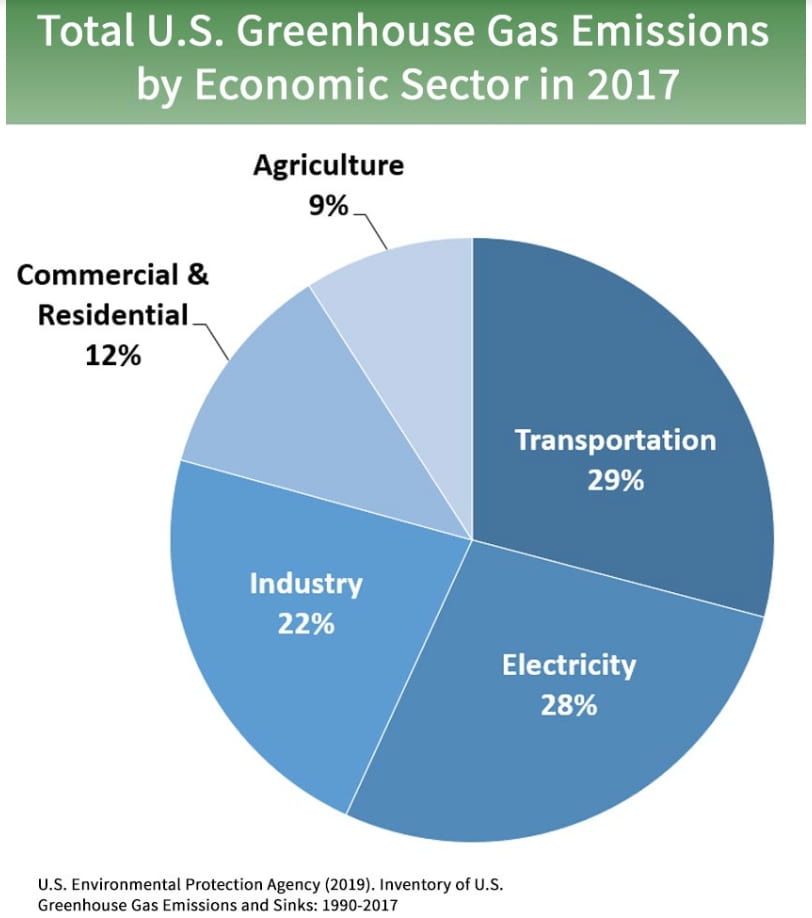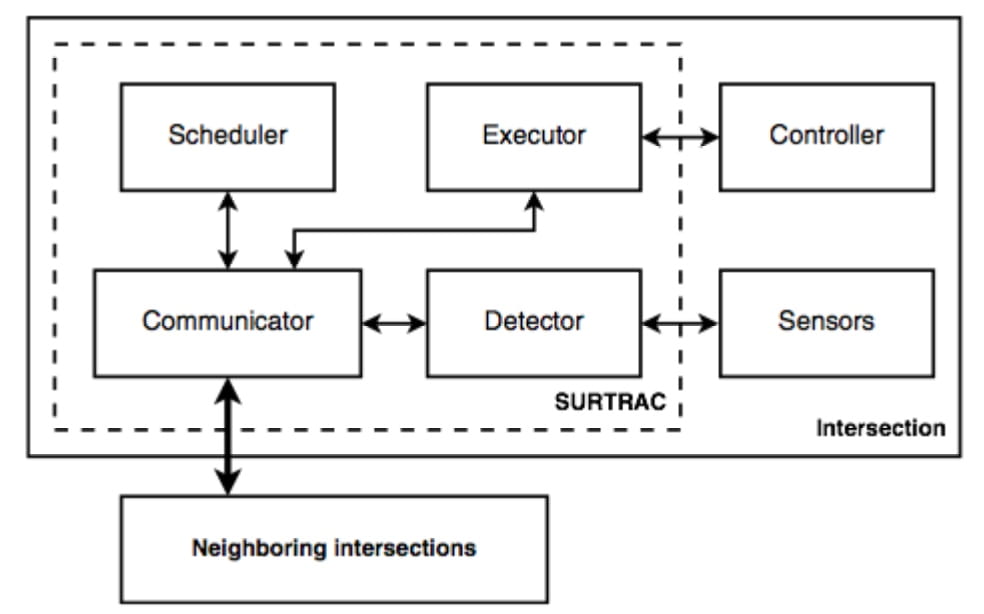This is a guest post by Cassidy McDonnell. Cassidy’s bio follows the post.
In the early 1960s, The Jetsons exposed us to a future filled with elaborate innovation: robots, holograms, and, maybe most notably, flying cars. Since those days, we as a society have eagerly awaited an idyllic world filled with these whimsical vessels void of traffic, congestion, and road rage. And yet, here we are, almost 60 years into the Jetsons’ mystical future and instead of

we have

And although we in the U.S. like to complain about our lengthy commutes, especially in cities like Boston, D.C. and L.A., the congestion in these cities truly cannot compare to some of our global neighbors on the opposite side of the Pacific (https://www.bbc.com/news/world-asia-pacific-11062708).
As of 2015, there were 1.3 billion motor vehicles on the road, a number that is expected to grow to over 2 billion by 2040 (http://www.bbc.com/future/story/20181212-can-artificial-intelligence-end-traffic-jams) as technology and economies continue to advance all over the world. Not only is traffic inconvenient, inefficient, and uncomfortable (like in Bengaluru, India (https://qz.com/india/1334967/braving-the-legendary-bengaluru-traffic-jam/) where the average vehicle speed can max out at a swift 2.5 mph during rush hour), but it can also be dangerous for drivers and unhealthy for the atmosphere. (Check out the nine-day traffic jam that stretched across China in 2010 (https://www.bbc.com/news/world-asia-pacific-11062708).
As evidenced by the graph below, transportation is the industry that contributes the greatest amount of greenhouse gas (GHG) and a significant portion of those emissions come from cars stuck in traffic. According to the 2012 Urban Mobility Report from the Texas A&M Transportation Institute (https://cms.dot.gov/utc/2012-urban-mobility-report-released-new-congestion-measures), 56 billion pounds of CO2 were emitted into the atmosphere as a result of traffic congestion.
 To battle these significant CO2 rates, researchers at Carnegie Mellon University have designed Scalable Urban TRAffic Control (SURTRAC), an adaptive traffic control system that optimizes efficiency at intersections in order to minimize congestion and idling. This technology uses videos feeds at intersections to detect the number of vehicles, cyclists, and pedestrians that need to cross in each direction. It then uses these data to adjust green times to the different intersection phases based on the presence, count, and flow rate of the vehicles going in each direction.
To battle these significant CO2 rates, researchers at Carnegie Mellon University have designed Scalable Urban TRAffic Control (SURTRAC), an adaptive traffic control system that optimizes efficiency at intersections in order to minimize congestion and idling. This technology uses videos feeds at intersections to detect the number of vehicles, cyclists, and pedestrians that need to cross in each direction. It then uses these data to adjust green times to the different intersection phases based on the presence, count, and flow rate of the vehicles going in each direction.
SURTRAC differs from other traffic control systems in that is takes a decentralized method to traffic flow: vehicle movement phases are developed and adjusted independently for each intersection. Although each intersection operates on its own, there is significant communication between intersections within the SURTRAC network. For example, if there is significant traffic going in a certain direction at one intersection, that information will be sent to the next intersection down the road. This second intersection can then adjust its phase cycle to account for the incoming vehicle influx and begin mitigating the problem before it even arrives.

Implementation of SURTRAC has been highly successful: a pilot study at a network of nine intersections in Pittsburgh’s East Liberty neighborhood (not too far from CMU’s campus) found that the optimizations SURTRAC provides would result in over 155,000 gallons in emissions reductions compared to previous intersection operations procedures (https://www.cmu.edu/epp/people/faculty/course-reports/SURTRAC%20Final%20Report.pdf).
In this pilot study, researchers found that wait times at intersections were reduced by 40%, journey times were reduced by 25%, and emissions were reduced by 20% (http://www.bbc.com/future/story/20181212-can-artificial-intelligence-end-traffic-jams). And with drivers in urban areas spending an estimated 40% of their drive time idling (https://www.rapidflowtech.com/blog/pittsburghs-ai-traffic-signals-will-make-driving-less-boring), this technology could be revolutionary at multiple scales. In addition, the program is designed to optimize all kinds of traffic, including cyclists and pedestrians, which could help promote a shift towards greener forms of transportation.
SURTRAC is spreading contagiously across the city and, as a result, researchers have created Rapid Flow Technologies LLC (https://www.rapidflowtech.com), a spin-off company, in order to promote intelligent transportation systems in the commercial marketplace. As a result, SURTRAC has expanded to 47 intersections in the past three years and Rapid Flow has begun work on other projects like PHAENON (https://www.rapidflowtech.com/phaenon-urban-analytics) to continue to improve urban sustainability through technology and analytics. So for anyone who is sick of traffic and looking to optimize their morning commute, East Liberty may be the neighborhood for you!
Cassidy McDonnell is a May 2019 graduate of Vanderbilt University in Civil Engineering. She became interested in Computational Sustainability through Vanderbilt’s University Course on the Ethics of Artificial Intelligence, which included a module on Computational Sustainability. Cassidy can be reached at cassidy.a.mcdonnell@vanderbilt.edu. The opinions expressed herein are Cassidy’s and do not necessarily represent the opinions of Cornell University.